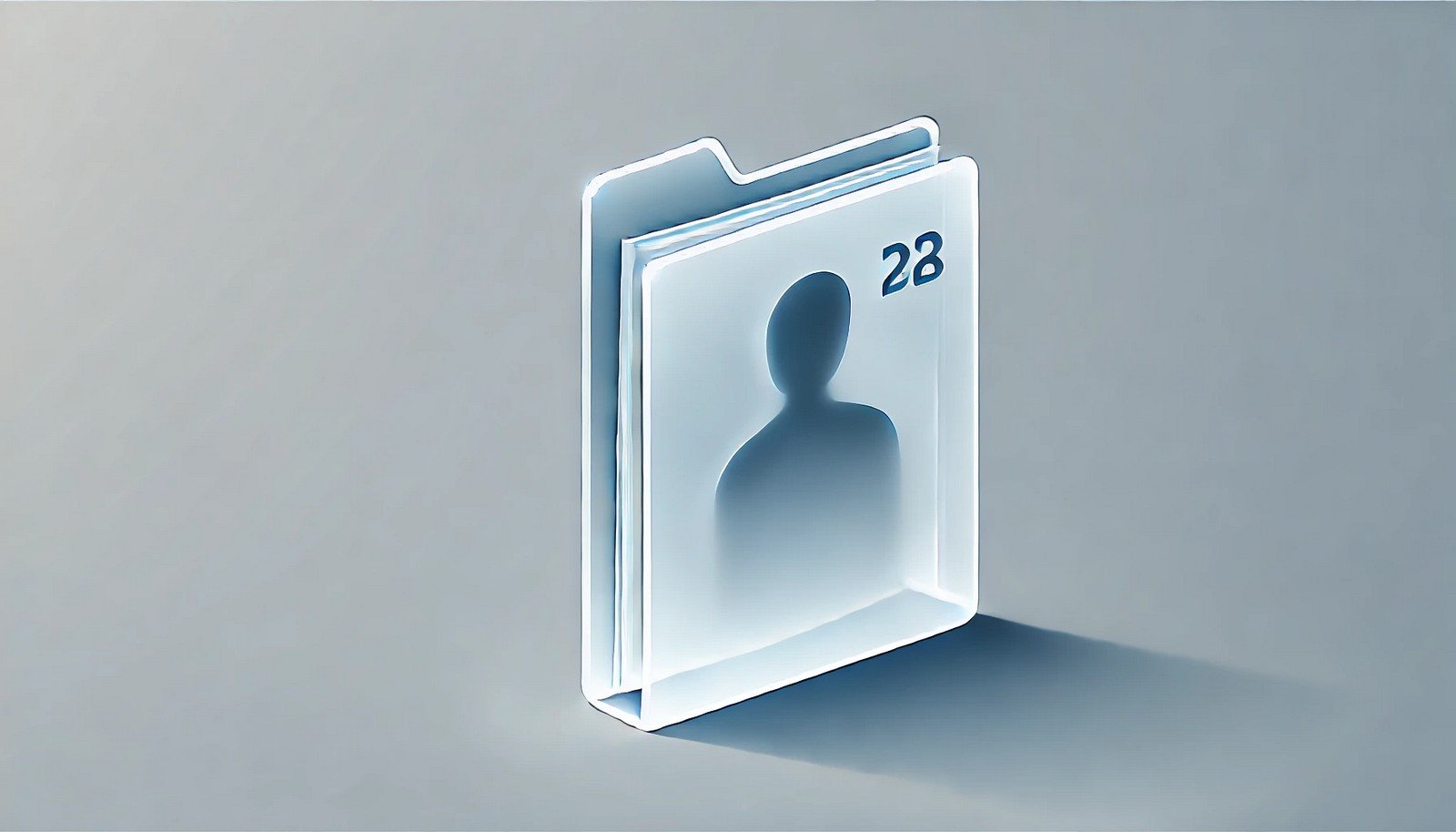Shadow Files
 (Representational Image | Source: Dall-E)
(Representational Image | Source: Dall-E)
Quick Navigation:
- Shadow Files Definition
- Shadow Files Explained Easy
- Shadow Files Origin
- Shadow Files Etymology
- Shadow Files Usage Trends
- Shadow Files Usage
- Shadow Files Examples in Context
- Shadow Files FAQ
- Shadow Files Related Words
Shadow Files Definition
Shadow files refer to hidden or duplicate copies of files that exist within a system, often created for security, backup, or recovery purposes. These files can store critical system information, user credentials, or sensitive data, and they may be encrypted or hidden from direct access. In operating systems like Linux, shadow files are commonly used to store hashed passwords securely in /etc/shadow, ensuring that user authentication remains protected. Shadow files also exist in other environments, such as databases and version control systems, where they track changes or store historical records for recovery purposes.
Shadow Files Explained Easy
Imagine you write a secret note and keep a hidden copy somewhere safe in case the original gets lost. Shadow files work the same way—they are hidden backup copies of important files. Some keep passwords safe, while others help restore lost or damaged data. They stay out of sight, like a secret stash, but play a big role in keeping things running smoothly.
Shadow Files Origin
The concept of shadow files originated with the need for secure authentication storage in Unix-based systems. Before shadow files, password hashes were stored in easily accessible locations, making them vulnerable to attacks. The introduction of /etc/shadow in Unix improved security by restricting direct access to sensitive authentication data. Over time, the use of shadow files expanded into backup systems, databases, and software applications requiring secure and hidden storage mechanisms.
Shadow Files Etymology
The term “shadow” in shadow files comes from the idea that these files exist in the background, hidden from plain view. They function as unseen counterparts to primary files, much like a shadow follows an object.
Shadow Files Usage Trends
Shadow files have gained prominence in cybersecurity, data recovery, and system administration. With increasing cyber threats, many operating systems and applications implement shadow files to store sensitive information securely. Additionally, backup and disaster recovery solutions leverage shadow copies to preserve critical data. Developers and IT administrators frequently use shadow files in managing encrypted credentials, securing databases, and ensuring compliance with privacy regulations.
Shadow Files Usage
- Formal/Technical Tagging:
- System Security
- Data Backup
- Authentication Management - Typical Collocations:
- "shadow password file"
- "system shadow files"
- "Linux /etc/shadow"
- "backup shadow copies"
Shadow Files Examples in Context
- Linux stores user password hashes in
/etc/shadowrather than/etc/passwdto enhance security. - Windows uses Volume Shadow Copy Service (VSS) to create backups of files without user intervention.
- A database system maintains shadow files to track changes and restore previous versions when necessary.
Shadow Files FAQ
- What are shadow files?
Shadow files are hidden or protected copies of important data used for security, backup, or recovery. - Why are shadow files important in Linux?
In Linux, shadow files store encrypted password hashes, making unauthorized access more difficult. - How do shadow files enhance security?
They store sensitive data separately from regular files, reducing the risk of direct exposure. - Where are shadow files commonly used?
They are found in operating systems, backup systems, databases, and cybersecurity applications. - Can users access shadow files?
Typically, shadow files require administrative privileges for access and modification. - How do shadow files help in disaster recovery?
They maintain backups that can restore lost or corrupted data. - What is the difference between shadow files and regular files?
Regular files are visible and directly accessible, while shadow files are hidden and protected. - Are shadow files used in Windows?
Yes, Windows uses Volume Shadow Copy for backup and restoration. - How can shadow files be managed securely?
By restricting permissions, encrypting contents, and monitoring access logs. - Do databases use shadow files?
Yes, databases use them to store transaction logs and maintain data consistency.
Shadow Files Related Words
- Categories/Topics:
- Cybersecurity
- File System Management
- Data Protection
Did you know?
The/etc/shadowfile in Linux is only readable by the root user or processes with special privileges. This design helps prevent unauthorized access to stored password hashes, reducing the risk of system-wide security breaches.
PicDictionary.com is an online dictionary in pictures. If you have questions or suggestions, please reach out to us on WhatsApp or Twitter.Authors | Arjun Vishnu | @ArjunAndVishnu

I am Vishnu. I like AI, Linux, Single Board Computers, and Cloud Computing. I create the web & video content, and I also write for popular websites.
My younger brother, Arjun handles image & video editing. Together, we run a YouTube Channel that's focused on reviewing gadgets and explaining technology.



Comments powered by CComment